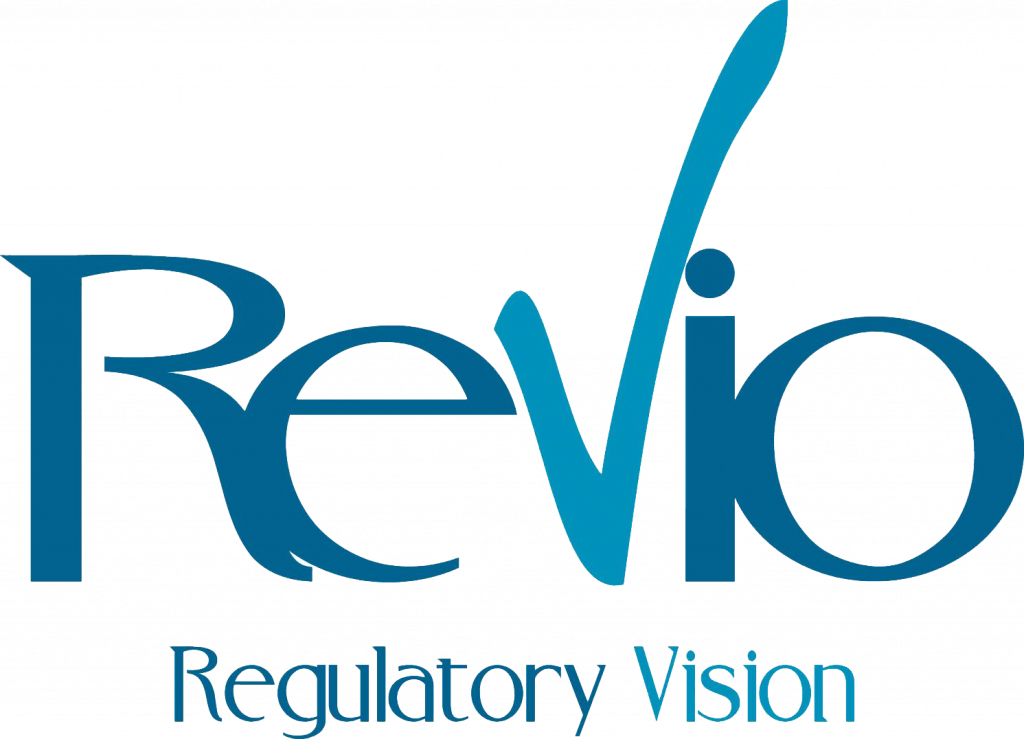Liability accounts show what a company owes, like loans and accounts payable. We are surrounded by business – from managing our own money to seeing profit statements of big corporations. Accountants can help take some of the pressure off tax season by handling the preparation and filing for you.
- When the company receives an invoice for services after the three-month period is over, they would then make a payment and reverse out their accrued liability balance.
- These reports show how well a company manages assets, controls debts, and earns profits.
- Non-current liabilities, such as long-term loans and bonds payable, extend beyond a year and often involve interest payments.
- The cash account tracks all money the business has on hand or in the bank.
- This method helps catch errors early because total debits must always equal total credits.
- The general ledger is a collection of all of company’s accounts where all the double entries for all transactions of the business are recorded, collected, stored and sorted.
Can you provide examples illustrating debits and credits in bookkeeping?
They organize data into clear categories to show what a company owns, owes, earns, and spends. Retained earnings link the income statement with the balance sheet and show how past performance affects financial health. Because many transactions use cash, tracking this account is important. Examples include cash sales, payments to account definition in accounting suppliers, or loan receipts. The cash account tracks all money the business has on hand or in the bank.
Asset Accounts
That is where the accounting comes in–and the extensive use of accounts with it. The open account concept also refers to any account that has a non-zero balance. This setup shows how money enters and leaves the business. These entries show where money comes from and where it goes. You debit one side and credit the other with the same amount.
Journal Entry Basics
It depends upon the type of business, industry, geographical and social influence, and preference of the company. A full list of the accounts used by a company is documented in its “Chart of Accounts”. There are no hard and fast legal requirements to become an accountant. Anyone with the right skills, training, or education can take on the job.
Organizing Accounts with a Chart of Accounts
For example, a company will have a Cash account in which every transaction involving cash is recorded. A company selling merchandise on credit will record these sales in a Sales account and in an Accounts Receivable account. Accounts are pretty basic accounting terminology but you are going to need to understand the concept of them like the other base concepts in accounting before progressing. Next, you’ll be ready to move on to debits and credits if you haven’t already mastered them or capturing transactions using T Accounts.
Under the accrual basis, expenses should be recognized during the period or periods when they are incurred, regardless of when they are paid. When running a small business, you should choose an accounting software product and consider hiring an accountant. Accounting software does a lot of the heavy lifting (such as keeping track of debits and credits) for you. However, it’s still important to understand basic accounting principles to know what’s happening behind the scenes. Business owners should be able to enter transactions, reconcile accounts and interpret financial statements accurately. The income statement aggregates revenue and expense accounts to determine profitability.
Yearly financial statements summarizing an organization’s financial performance and position. We will discuss in details in other accounting tutorial concepts how to post journal entries in to ledger accounts. To increase a liability or a capital account, it is credited. Placing an amount on the debit side decreases the account. You must report all relevant information about your financial statements when sharing them. The full disclosure principle builds trust between a business and its shareholders, lenders, and partners.
Asset accounts show what a business owns, like cash, inventory, and equipment. Debits increase asset accounts and show more value coming in. Debits and credits affect account balances differently based on the account type. Some accounts increase with a debit, while others increase with a credit. When money comes into the business or assets grow, you use a debit.
Tax accountants minimize tax liability and keep you compliant with the IRS. Many businesses have to juggle quarterly and annual tax forms, and a tax accountant helps streamline these payments. Additionally, tax accountants avert IRS penalties and find deductions that save money. Accounting provides information for all these purposes through the maintenance of data, the analysis and interpretation of these data, and the preparation of various kinds of reports.
Allowance for Doubtful Accounts
In other words, businesses using the accrual basis should recognize expenses for goods and services they have received when they use them even if they have not paid for them. Ledger accounts categorize financial transactions, making it easier to track revenues, expenses, assets, and liabilities. They ensure accurate financial consideration and preparation of financial statements. Transactions are assigned to the appropriate accounts to keep financial data organized and accessible.
If you have an “Inventory” account, it keeps track of the stock you buy and sell. It will make it even easier for you to remember debits/credits if you visualize the individual accounts within the general ledger in a shape of a letter “T”. Equity or capital accounts contain the owners’ interest in the business. Liabilities accounts represent the amount that is owed by a business to its creditors, which will result in a payment of money at some point in the future.
- An account may seem like a small part of accounting, but it plays a huge role.
- We actually encounter or apply accounting in our daily lives – in budgeting, computing household expenses, checking bank balances, counting change, and many more.
- Businesses also use accounting software like QuickBooks or SAP to automate data entry, reducing human error and improving efficiency.
In addition to being relevant and reliable, accounting information should be comparable and consistent. Comparability refers to the ability to make relevant comparisons between two or more companies in the same industry at a point in time. Consistency refers to the ability to make relevant comparisons within the same company over a period of time. Accounting information can be developed for any kind of organization, not just for privately owned, profit-seeking businesses. One branch of accounting deals with the economic operations of entire countries.
main types of accounting (and some others)
Adjusting entries, often recorded at the end of an accounting period, ensure that revenues and expenses align with the period in which they occur. Debits and credits control how transactions change accounts on the balance sheet and income statement. They follow clear rules to keep records balanced and affect assets, liabilities, equity, revenues, and expenses.



